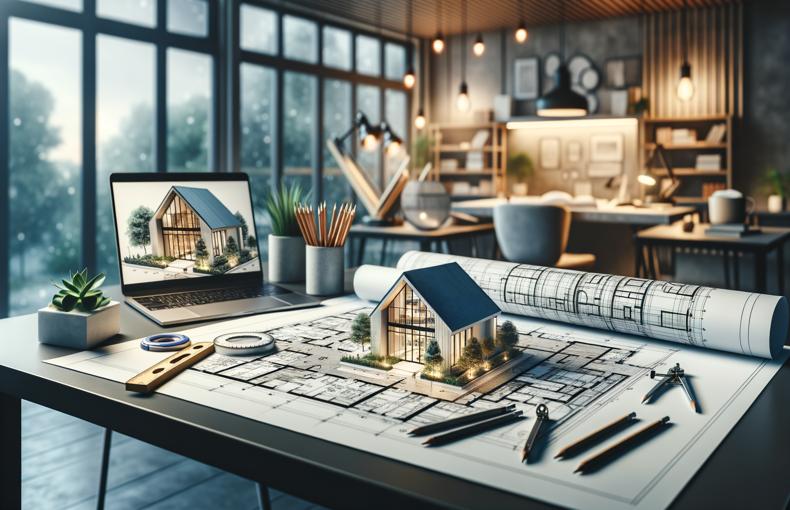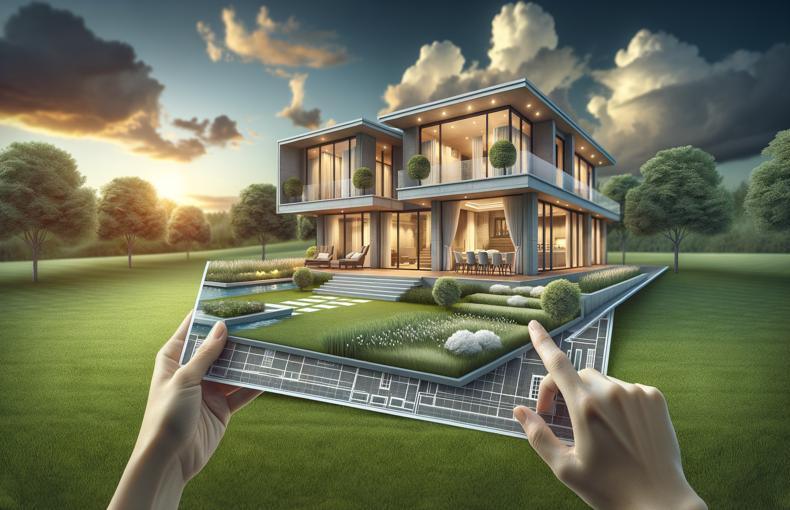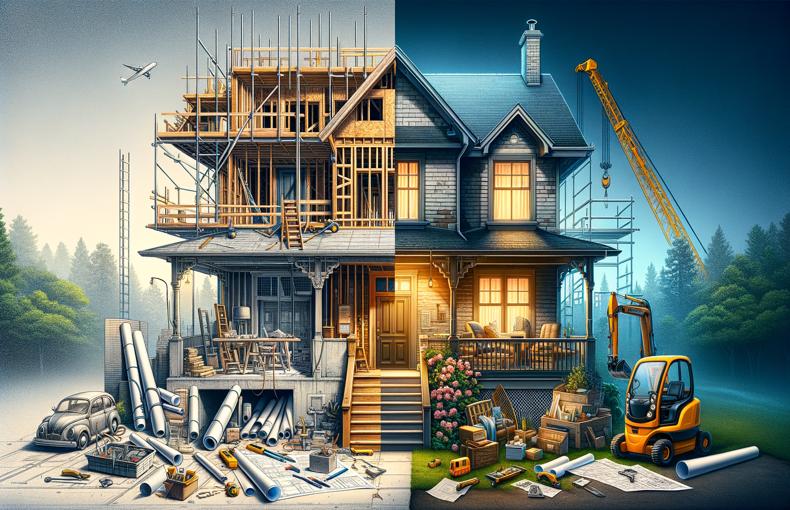Top Tips for a Smooth Custom Home Drafting Process
Building a custom home is a dream for many, but turning that dream into reality requires meticulous planning and execution. One of the most critical stages in this journey is the custom home drafting process. This phase sets the foundation for your entire project, ensuring that your vision is translated into actionable plans. To help you navigate this complex process smoothly, we've compiled a list of top tips that will make your custom home drafting experience as seamless as possible.
. Start with a Clear Vision
Before you even begin the drafting process, it's essential to have a clear vision of what you want your home to look like. This includes everything from the architectural style to the number of rooms, the layout, and even specific design elements like windows, doors, and finishes. The more detailed your vision, the easier it will be for your drafter to create plans that align with your expectations.
Tip: Create a vision board with images, color palettes, and notes about your desired home features. Tools like Pinterest can be incredibly useful for this.
2. Choose the Right Professional
Selecting a skilled and experienced drafter is crucial to ensuring a smooth drafting process. Look for professionals with a portfolio that matches your style and preferences. Additionally, check for credentials, reviews, and references to ensure they have a track record of delivering high-quality work.
3. Communicate Effectively
Clear communication is key to avoiding misunderstandings and ensuring that your drafter fully understands your vision. Be open about your needs, preferences, and budget from the start. Regular check-ins throughout the drafting process will help keep everything on track and allow for adjustments if necessary.
Tip: Use visual aids and reference materials during discussions to ensure your ideas are conveyed accurately.
4. Understand the Importance of Site Analysis
Your home's design should complement its surroundings. A thorough site analysis will consider factors like topography, climate, and local building codes, all of which can impact the design and layout of your home. Make sure your drafter conducts a detailed site analysis to avoid issues down the line.
5. Plan for the Future
When drafting your custom home, consider your long-term needs. Think about how your family might grow or change over time and how your home's layout can accommodate these changes. Flexible spaces that can be easily adapted for different uses can add significant value to your home.
6. Focus on Functionality and Flow
A beautiful home is essential, but functionality and flow are just as important. Your drafter should create a layout that promotes efficient movement throughout the home, with well-placed rooms and logical connections between spaces. Consider factors like the placement of windows for natural light, the flow of air for ventilation, and the ease of access to different parts of the home.
7. Budget Wisely
Your budget will significantly influence the drafting process, so it's essential to have a clear understanding of your financial limits before you begin. Work with your drafter to create a realistic budget that accounts for both the design and construction phases. Be sure to include a contingency fund for unexpected expenses.
Tip: Prioritize your must-have features and be prepared to make compromises on less critical elements if necessary.
8. Review and Revise Plans Thoroughly
Once your drafter has created the initial plans, take the time to review them carefully. Look for any potential issues or areas that could be improved. Don't hesitate to ask for revisions if something doesn't align with your vision. It's much easier to make changes at this stage than later in the construction process.
9. Consider Sustainability
Incorporating sustainable design elements into your custom home can reduce your environmental impact and save you money in the long run. Discuss options like energy-efficient windows, solar panels, and sustainable materials with your drafter. These features can be seamlessly integrated into your design without compromising aesthetics or functionality.
10. Be Patient and Flexible
Finally, remember that the custom home drafting process can be lengthy and sometimes unpredictable. Unexpected challenges may arise, and it's essential to remain patient and flexible. Trust in your drafter's expertise and be open to making adjustments as needed to ensure the best possible outcome for your dream home.
Conclusion
The custom home drafting process is a critical step in turning your dream home into a reality. By following these tips, you can ensure a smooth and successful experience that results in a home that perfectly suits your needs and desires. Remember to start with a clear vision, choose the right professionals, and maintain open communication throughout the process. With careful planning and attention to detail, your custom home will be a beautiful and functional space that you and your family can enjoy for years to come.
External Link: For more information on custom home drafting and building processes, visit the National Association of Home Builders.











